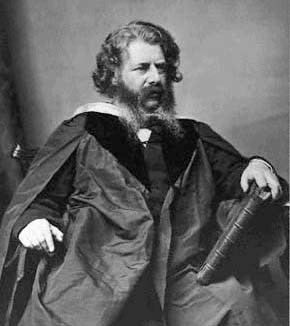 | ||
Rankine scale
Rankine (/ˈræŋkɪn/) is a thermodynamic temperature based on an absolute scale named after the Glasgow University engineer and physicist William John Macquorn Rankine, who proposed it during 1859. (The Kelvin scale was first proposed during 1848.)
The symbol for degrees Rankine is °R (or °Ra if necessary to distinguish it from the Rømer and Réaumur scales). By analogy with kelvin, some authors term the unit rankine, omitting the degree symbol. Zero on both the Kelvin and Rankine scales is absolute zero, but the Rankine degree is defined as equal to one degree Fahrenheit, rather than the one degree Celsius used by the Kelvin scale. A temperature of −459.67 °F is exactly equal to 0 °R.
For some engineering applications in the United States, temperature is measured using the Rankine scale. The US National Institute of Standards and Technology recommends against using the degree symbol when citing Rankine in NIST publications.
Some important temperatures relating the Rankine scale to other temperature scales are shown in the table below.
